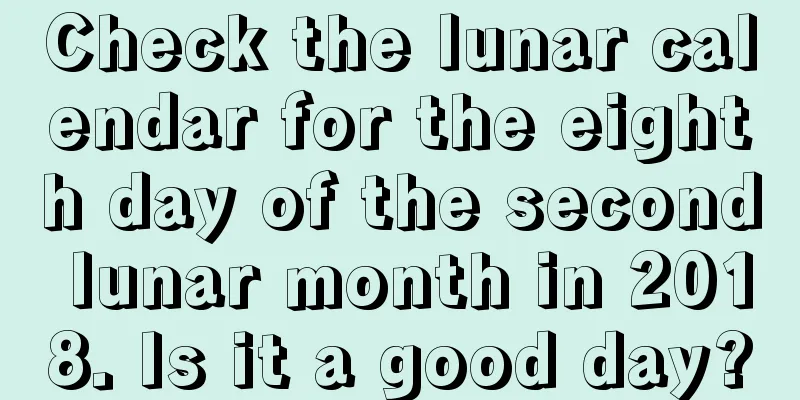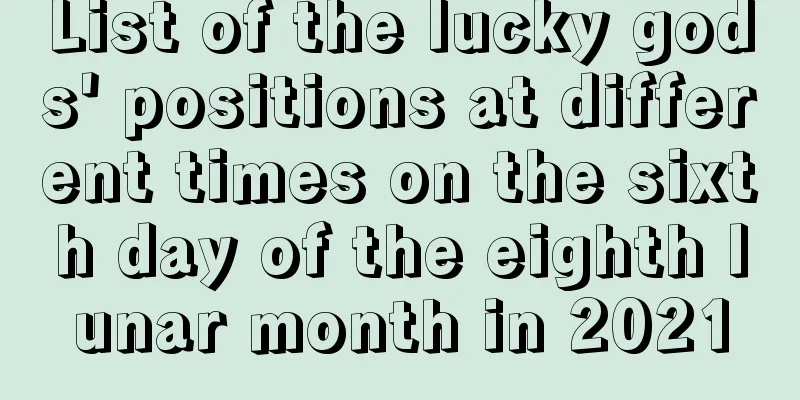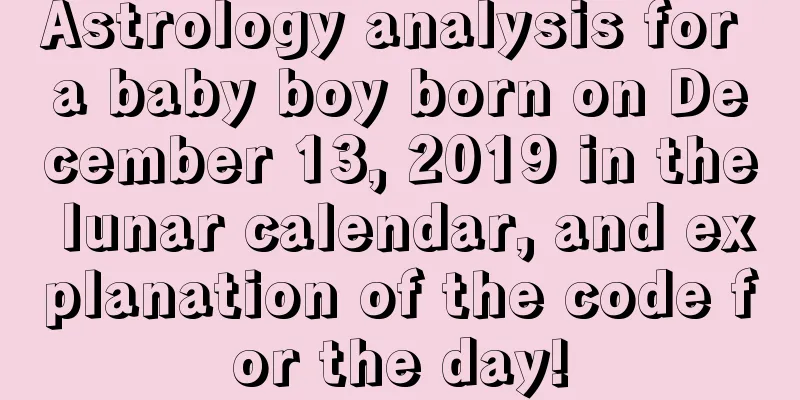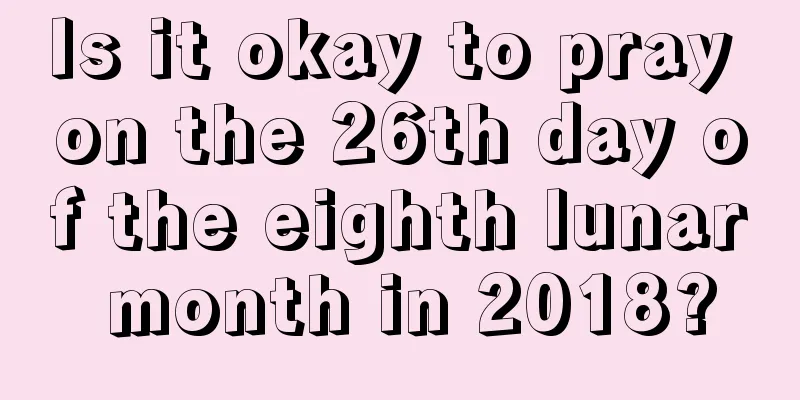When is Mid-Autumn Festival in 2021? What needs to be done on the day?

The Mid-Autumn Festival is also known as the Moon Festival, Moonlight Festival, Moon Eve, Autumn Festival, Mid-Autumn Festival, Moon Worship Festival, Moon Lady Festival, Moon Festival, Reunion Festival, etc. It is a traditional Chinese folk festival. So when is the Mid-Autumn Festival in 2021? What needs to be done on the day? Let’s take a look at the following content!When is Mid-Autumn Festival in 2021?Tuesday, September 21, 2021 (August 15, Xinchou Year (Year of the Ox), 231 days until the Mid-Autumn Festival in the lunar calendar 2021)The Origin of Mid-Autumn FestivaloriginThe Mid-Autumn Festival is a remnant of the ancient custom of celestial worship - the moon. The "Autumnal Equinox" in the twenty-four solar terms is the ancient "Moon Worship Festival", and the Mid-Autumn Festival originated from the traditional "Moon Worship Festival". In traditional culture, the moon, like the sun, these two celestial bodies that appear alternately became objects of worship for our ancestors. The Mid-Autumn Festival originated from the ancient people's worship of the moon and is a remnant and derivative of the Chinese nation's custom of worshiping the moon. Moon worship is a very old custom in my country. In fact, it is a worship activity for the "Moon God" by the ancients in some parts of my country in ancient times. According to research, the Moon Festival was originally scheduled on the "Autumnal Equinox" of the twenty-fourth solar term in the Chinese zodiac calendar. However, due to historical development, the calendars were later integrated and the lunar calendar (Xia calendar) was used, so the Moon Festival was moved from the "Autumnal Equinox" of the twenty-fourth solar term in the Chinese zodiac calendar to the fifteenth day of the eighth month in the Xia calendar (lunar calendar). The Mid-Autumn Festival is a combination of autumn seasonal customs, and most of the festival elements it contains have ancient origins. What needs to be done on the day?Moon worshipMoon worship is a very old custom in our country. It is actually an activity of worship for the "Moon God" by the ancients. In ancient times, there was a custom of "watching the moon in the evening of autumn". Xiyue means worshiping the moon god. Since ancient times, in some parts of Guangdong, people have the custom of worshiping the Moon Goddess (worshiping the Moon Lady, worshiping the moonlight) on the night of the Mid-Autumn Festival. People worship the moon and set up a large incense table, placing moon cakes, watermelons, apples, red dates, plums, grapes and other offerings on it. Under the moon, the "Moon God" tablet is placed in the direction of the moon, red candles are lit, and the whole family worships the moon in turn, praying for blessings. Offering sacrifices to the moon and appreciating the moon, as well as remembering the past with the moon, express people's good wishes. As one of the important ceremonies of the Mid-Autumn Festival, moon worship has been passed down from ancient times to the present day, and has gradually evolved into a folk activity of appreciating and praising the moon. It has also become the main form of modern people's desire for reunion and expressing their good wishes for life. Lighting On the night of the Mid-Autumn Festival, there is a custom of lighting lanterns to help the moonlight. Nowadays, people in the Huguang area still have the custom of stacking tiles into a tower and lighting lanterns on the tower. In the Jiangnan area, there is a festival custom of making lantern boats. In modern times, the custom of lighting lanterns during the Mid-Autumn Festival has become more popular. In their article "Leisurely Talking about Seasonal Affairs", Zhou Yunjin and He Xiangfei, modern scholars, said: "The lantern-hanging is most popular in Guangdong. Ten days before the festival, each family will make lanterns with bamboo strips. They will make shapes of fruits, birds, beasts, fish, insects, and words such as 'Celebrate Mid-Autumn Festival', and then paste colored paper on them to paint various colors. On the night of Mid-Autumn Festival, candles are lit in the lanterns and tied to bamboo poles with ropes. They are erected high on the eaves or terraces. Small lanterns are also used to make words or various shapes and hung high up in the house, commonly known as 'Tree Mid-Autumn Festival' or 'Vertical Mid-Autumn Festival'. The lanterns hung by wealthy families can be several feet high, and the family members gather under the lanterns to drink and have fun. Ordinary people will erect a flagpole and two lanterns, also for their own fun. The city is full of lights, like a world of glass." The scale of the Mid-Autumn Festival lantern-lighting custom seems to be second only to the Lantern Festival. Moon Viewing The custom of moon-watching originated from the moon-worshipping ceremony, and the solemn worship turned into a relaxing entertainment. It is said that the moon is closest to the earth on this night and is the largest, roundest and brightest, so there has been a custom of feasting and appreciating the moon since ancient times. A daughter-in-law who returns to her parents' home must return to her husband's home on this day to symbolize perfection and auspiciousness. Written records of folk activities of watching the moon during the Mid-Autumn Festival appeared in the Wei and Jin Dynasties, but it did not become a custom. By the Tang Dynasty, appreciating and playing with the moon during the Mid-Autumn Festival was quite popular, and many famous poems by poets contain verses about the moon. Chasing the Moon The so-called "chasing the moon" means that after the 15th day of the eighth lunar month, people are still excited, so on the next night, many people invite their relatives and friends to continue appreciating the moon, which is called "chasing the moon". According to the preface to Lingnan Zashichao by Chen Zihou of the Qing Dynasty, “On the night of August 16, the enthusiasts in Guangdong gather their relatives and friends to prepare wine and food to admire the moon. This is called chasing the moon.” [22] |
<<: Which lunar month is Teachers' Day? What are the customs of Teachers' Day?
>>: Is the eighth day of the second lunar month in 2021 a good day? Is it good to pray?
Recommend
What is the fate and fortune of a baby born during the You hour (17:00~18:59) during the winter solstice in 2021?
The winter solstice marks the middle of winter and...
Will the boy born on Father’s Day in 2019 have a good personality? What will the fortune show be like on this day?
Introduction: Every new life born every day has di...
How will Taurus’ work fortune be good when they go back to work after the holidays in 2017?
Introduction: The 2017 Spring Festival holiday has...
Is the tenth day of the fourth lunar month in 2017 a good day to pick up a car?
Introduction: Generally, when we go to view or buy...
Is it a good idea to move on March 22, 2018 in the lunar calendar?
The arrival of the third month of the lunar calen...
Is March 24th of the lunar calendar in 2018 a good day for offering sacrifices?
Sacrifice is an important part of our country'...
Is the Civil Affairs Bureau open for business on the third day of the first lunar month? How many days are there on the third day of the first lunar month in 2021?
Introduction: The holiday time of the Civil Affair...
How is the fifth day of the fourth lunar month in 2020? Can we sign the contract?
The quality of days is different every day, and th...
Is the 26th day of the seventh lunar month in 2021 a good day? Can I have a caesarean section?
July is the beginning of autumn, when orchids are ...
What date is July 29th in the lunar calendar in 2017? What day is it?
What day is July 29th in the lunar calendar 2017?...
Query the position of the God of Happiness on the seventh day of the second lunar month in 2019
Shuimoxiansheng.com provides you with more conten...
Is August 14th of the lunar calendar in 2022 a bad day? Can we get engaged?
The eighth month of the lunar calendar is in the m...
How is the life fortune of a baby girl born on May 22? Five Elements Numerology Query
The fifth month of the lunar calendar is a time wh...
What is the zodiac sign of a child born on May 1st? Can I celebrate my birthday on Labor Day 2022?
The zodiac sign of a child will be different depen...
Is December 17th of the lunar calendar 2019 an auspicious day for opening a store or company?
Shops and companies are both businesses, and doin...









